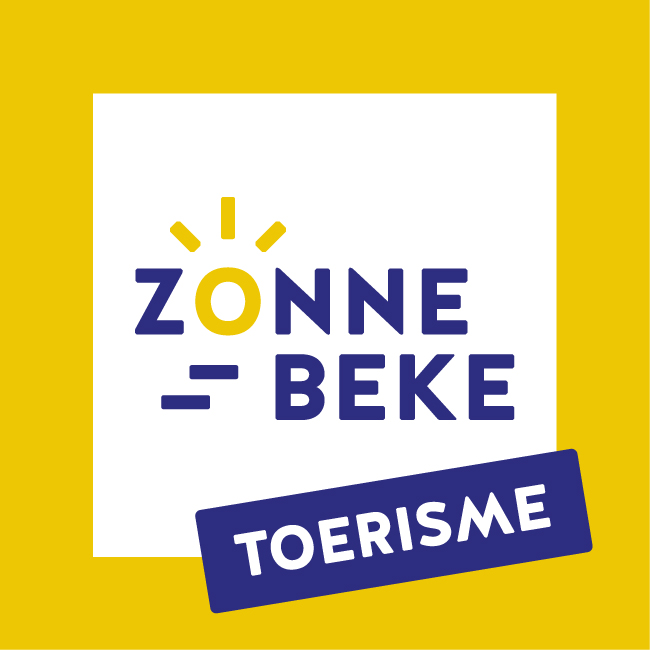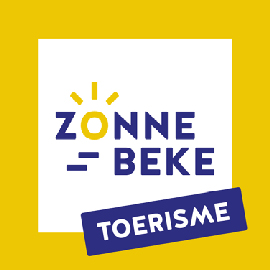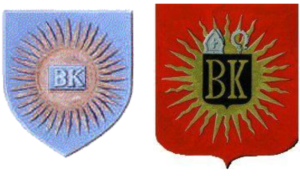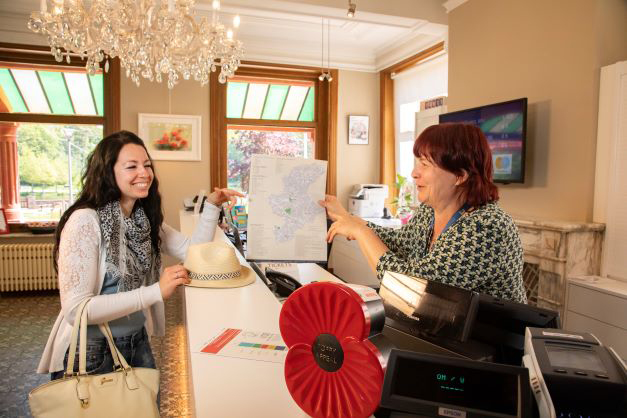Merger in 1977
Since the 1977 merger, Zonnebeke, Beselare, Geluveld, Passendale and Zandvoorde have formed one municipality. These five villages are located on the Central-West Flemish ridge. According to Julius Caeser, this ridge separated the ancient tribes of the Morines and the Menapians. The ridge later marked the division between the dioceses of Tournai and Terwaan, and during the Middle Ages it was the battleground for some battles, such as the famous battle of 1382 on the border between Passchendaele and Westrozebeke. Louis XIV’s armies also fought here, and in 1890 the Belgian army held a major army exercise here. Not surprisingly, these villages played an important role during the First World War.
Reconstruction
The area was forested for centuries under the authority of the Augustinian abbey of Zonnebeke and the Benedictine abbey of the Nonnebossen. Other entities were the Marquisate of Beselare, the seigneuries of Geluveld, Passendale and Zandvoorde. With the French Revolution, the large land holdings were sold publicly and reclamation of the region began. The total destruction caused by World War I brought a break with the past. During reconstruction, five new villages rose from the rubble. In the 1930s, the crisis hit and many inhabitants moved to France for seasonal work. Until the early 1960s, frontier labour prevails. Now there is a balance between agriculture and small businesses.
Villages with their own character
Each village has its own character. Beselare is notorious for its witches, Passendale tastes like cheese and Zandvoorde is sometimes called the Breldorp. Our region also breathes the First World War, numerous silent witnesses mark the landscape and in around Zonnebeke. Passendale, Passchendaele (Passion-dale) symbolises the horror of the Great War. Now our municipality stands for conviviality, history, couleur locale and a beautiful landscape.
Meaning of names of municipalities
| Zonnebeke | Derived from ‘sinne-beke – sinnebecche’ and would mean stream with foaming water. According to other sources, ‘sinne’ is the same as ‘swin’, watercourse. |
| Beselare | ‘Small laar’, composed of the Celtic ‘bekkos’, with meansis small and the toponymic suffix -laar (place usually in forests around watercourses or streams, woodland meadow). |
| Geluveld | Derived from ‘gelwon’, the yellow stream and ‘feldu’, wild plain. |
| Passendale | Would probably mean a valley to grant through between two hills. Another meaning: in 844 Pascandale, personal name Paulus? and valley, other sources mention: presumably derived from Germanic ‘Pascan dala’ or ‘valley of Pasko’. |
| Zandvoorde | Sand and voord = sandy ford. |
Municipal arms
| Zonnebeke
|
Of azure with sun of gold set in the centre with the letters BK set in a rectangle, the whole of azure. After the merger, the image of the coat of arms was greatly altered. The present coat of arms goes back to a 1792 seal of the parish and seigniory of Zonnebeke. It shows in a field a sun with 28 alternately wavy and straight rays, charged with a heart shield containing the capital letters BK. That BK stands for ‘beke’.
|
| Beselare | Of sable with twill accompanied by three shells, the whole of silver.
|
| Geluveld | No municipal coat of arms. |
| Passendale | Of gold with hem of azure. In the shield heart a shield of silver, charged with a hem of azure and with a lion of throat, armed, tongued and crowned with gold. The shield topped with a crown of five fleurons and held by two leopards of natural colour, heads turned forward.
|
| Zandvoorde | No municipal coat of arms. |









